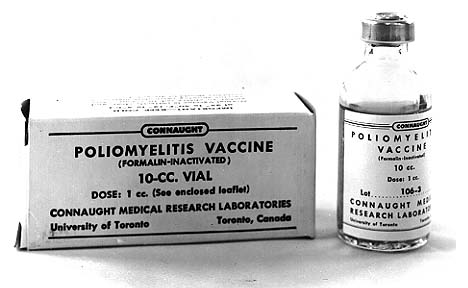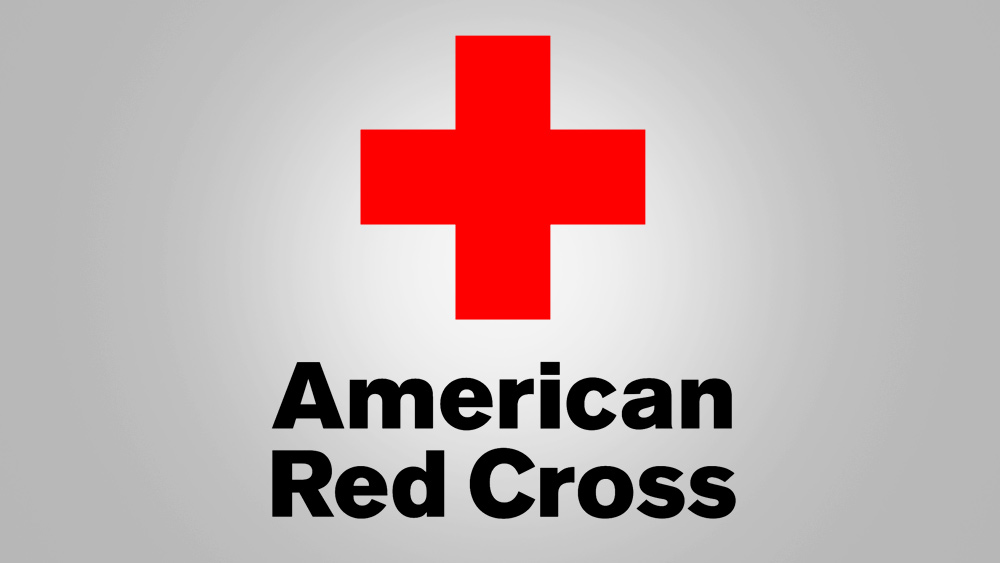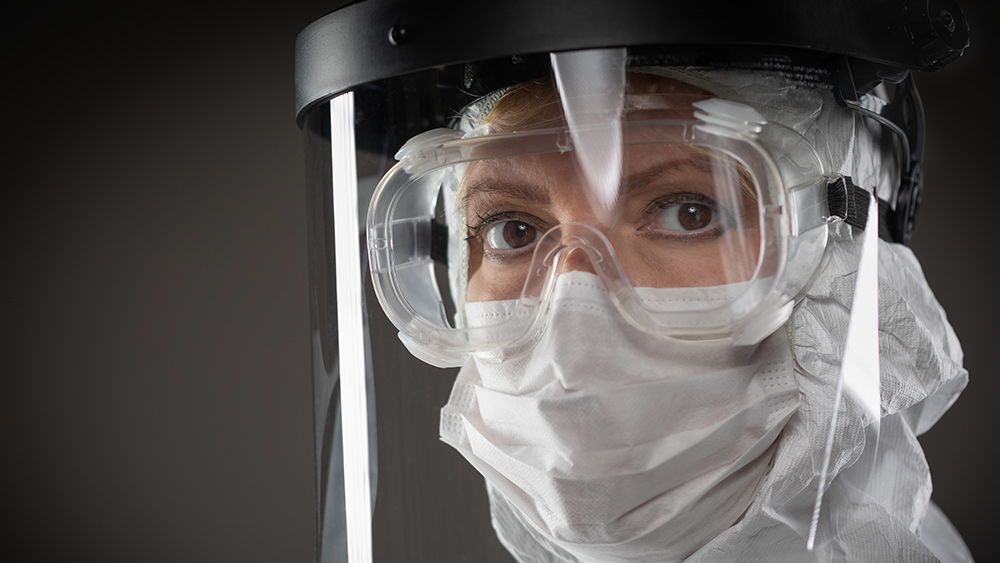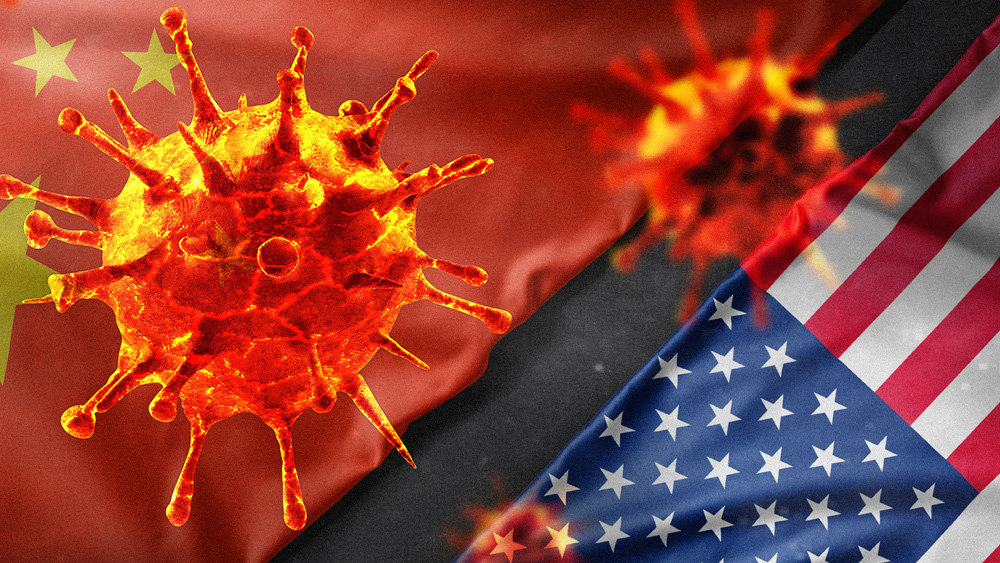Did CDC deliberately delay testing kits, allowing the coronavirus to spread?
04/20/2020 / By Ethan Huff

As the mainstream media and public health officials continue to solely blame President Donald Trump for the Wuhan coronavirus (COVID-19) situation that’s transpired here in the United States, resulting in widespread lockdowns and business closures, don’t forget that it was actually the U.S. Centers for Disease Control and Prevention (CDC), a private corporation, that botched the testing kit rollout back when it actually mattered.
Back in mid-January, Stephen Lindstrom, one of the CDC’s top scientists, reassured local and state public health officials that everything was under control. The mysterious new virus that was escaping from China wouldn’t be a problem here in the United States, he said during a conference call, but the CDC was still going to develop a testing kit for it just to be sure.
In an email summarizing this call, it was revealed that Lindstrom wasn’t even anticipating having to use these testing kits “unless the scope [of the spread of the virus] gets much larger than we anticipate.” Consequently, one public health official reportedly told colleagues in a separate email that “we’re in good hands.”
Three weeks later on Feb. 8 – the Wuhan coronavirus (COVID-19) had already reached the U.S. at this point – one of the first of these CDC test kits arrived via Federal Express at a public health laboratory on the east side of Manhattan. Lab technicians reportedly struggled for hours to get it to work, but to no avail: It produced questionable results that made it untrustworthy.
They quickly notified lab director Jennifer Rakeman, who also works as an assistant commissioner in the New York City health department, that the test wasn’t working right, to which she responded out of great concern, “What are we going to do now?”
The test continued to be used and pushed, however, including by the Trump administration, which reportedly issued demands that actually prevented an alternative test from being developed and used in its place. The federal bureaucracy eventually relented, but at this point it was already too late: The Wuhan coronavirus (COVID-19) had already spread across the country.
“We have the skills and resources as a community but we are collectively paralyzed by a bloated bureaucratic/administrative process,” wrote Marc Couturier, medical director at academic laboratory ARUP in Utah, to fellow microbiologists on Feb. 27. This was followed not long after by the Trump administration’s decision to open up testing to other laboratories and technology beyond what the CDC had developed.
A few weeks later on March 12, Brett Giroir, a Public Health Service admiral, was appointed to be the official testing “czar” for the crisis. Giroir admitted that the government, including the CDC, had failed to nip this thing in the bud early on, and was now having to play catch-up.
“There was a clear need for a more aggressive posture,” Giroir, who’s also an assistant secretary at the Department of Health and Human Services (HHS), stated.
When asked who was to blame for dropping the ball during the early days of the crisis, Giroir carefully responded, “A problem like this is bigger than any single agency. Clearly, there needed to be a higher level of leadership and organization.”
Listen below to The Health Ranger Report as Mike Adams, the Health Ranger, talks to Dr. Paul Cottrell about how the Wuhan coronavirus (COVID-19) has the potential to mutate and exploit a second receptor inside people’s bodies:
Why wouldn’t the CDC help state health departments figure out the testing issues?
For some reason, Giroir didn’t call out the CDC in his statement, even though the CDC was still looking at the Wuhan coronavirus (COVID-19) as a distant threat well into January. As you may recall, it was already known at that time that at least one traveler from China had brought the Wuhan coronavirus to Seattle, this being the first known case in the U.S.
The CDC’s response was to manufacture and distribute more testing kits, but as we also know these were largely defective. It took a very long time after that for new tests to be developed and distributed, but only to some areas where they were deemed to be needed by the CDC. Everyone else would have to wait “unless the scope gets much larger than we anticipate right now,” explains an email summary of that same mid-January call between Lindstrom and more than a dozen public health officials.
After these tests proved to be flawed, labs all across the country scrambled to find a solution. They also attempted to contact the CDC for clarification about how to move forward, only to receive no response in return.
“The silence from CDC … is deafening,” stated Joanne Bartkus, lab director of the Minnesota health department, in a letter to Scott Becker, chief executive of the Association of Public Health Laboratories, which had been in communication with the CDC about the faulty test results.
“What is going on? We are getting questions from our governor’s office and other labs are getting media requests asking when we will be starting.”
The CDC’s failure, or refusal, to act quickly to resolve the problem and get new working tests delivered to where they needed to be ultimately resulted in the Wuhan coronavirus (COVID-19) spreading even further. And the worst part about it is that the CDC apparently lied about there being an easy fix to the problem, when there really wasn’t.
Be sure to read the full report on the CDC’s failure to address the Wuhan coronavirus (COVID-19) crisis at Chron.com.
You can also keep up with the latest news about the Wuhan coronavirus (COVID-19), be sure to check out Pandemic.news.
Sources for this article include:
Tagged Under: CDC, Centers for Disease Control and Prevention, China, Chinese Virus, coronavirus, covid-19, delayed, disease, global emergency, Global Pandemic, infection, novel coronavirus, outbreak, pandemic, President Trump, Public Health, spread, testing kits, virus, Wuhan, Wuhan coronavirus
RECENT NEWS & ARTICLES
BadDoctors.News is a fact-based public education website published by Bad Doctors News Features, LLC.
All content copyright © 2018 by Bad Doctors News Features, LLC.
Contact Us with Tips or Corrections
All trademarks, registered trademarks and servicemarks mentioned on this site are the property of their respective owners.















